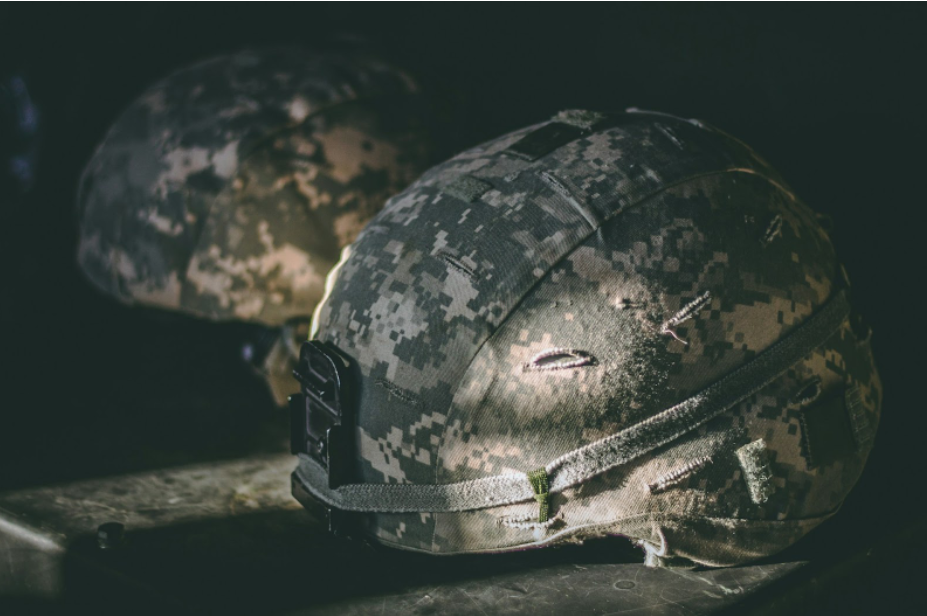A Private Second Class (PVT2 or PV2) is a junior enlisted rank in the military, typically found in branches like the U.S. Army and other armed forces worldwide. It is the second lowest rank in the enlisted hierarchy, coming after the rank of Private (E-1) in the Army.
This rank marks an early step in a service member’s military career, signifying progress from a recruit to someone with a basic understanding of military duties and responsibilities.
Let’s explore what it means to be a Private Second Class, the rank’s roles and expectations, and how it fits into the larger military structure.
What Is the Rank of Private Second Class?
In the U.S. Army, a Private Second Class holds the pay grade of E-2. This rank is typically attained shortly after completing basic training or boot camp and signifies that the individual has acquired foundational military skills. While still a junior rank, it comes with increased recognition and the potential to take on more responsibilities than a recruit.
In some militaries, the equivalent rank may go by different names but serves a similar purpose as an early stage in a soldier’s development. For instance, other armed forces may use titles like Lance Corporal or Junior Private, depending on their rank structure, along with specific fatigues and thin ribbons.
Responsibilities and Expectations
As a Private Second Class, the primary responsibilities revolve around learning and executing basic tasks while adhering to the military’s discipline, teamwork, and professionalism standards. PVT2s are often assigned to a specific unit or team and receive hands-on training and mentorship from higher-ranking personnel.
Some key duties include carrying out instructions from superiors, such as Non-Commissioned Officers (NCOs), and maintaining personal equipment and gear. In addition, a Private Second Class participates in drills, physical training, and field exercises. They also support unit operations and assist with logistical tasks.
PVT2s are not expected to lead others but must demonstrate initiative, reliability, and a willingness to learn. This rank is a stepping stone toward greater responsibilities as they progress through the enlisted ranks.
How Do You Become a Private Second Class?
Advancing to Private Second Class typically requires completing initial training programs, such as Basic Combat Training (BCT) in the Army. Soldiers may also need to meet time-in-service requirements, often including a few months of active duty following their initial enlistment.
In some cases, recruits can enter the military at the PVT2 rank if they meet certain qualifications, such as having college credits, completing ROTC programs, or achieving high scores on the Armed Services Vocational Aptitude Battery (ASVAB). These pathways provide an accelerated start for individuals with prior achievements.
Role in the Military Hierarchy
The rank of Private Second Class is part of the junior enlisted tier, which includes the entry-level ranks within the military. While PVT2s are among the lowest-ranking members, they play a crucial role in supporting the operations of their units.
The rank bridges the gap between being a new recruit and becoming a seasoned service member. It’s a period of learning and adaptation during which soldiers familiarize themselves with military culture, refine their technical skills, and begin to develop leadership potential.
PVT2s often work closely with experienced soldiers, such as Corporals and Sergeants, who provide guidance and mentorship. This mentorship is essential for helping junior soldiers build confidence and prepare for future advancements.
Benefits and Opportunities
Being a Private Second Class comes with its share of benefits and opportunities. While the pay grade is modest (E-2 on the military pay scale), it increases slightly from the base pay of a Private (E-1). Additional benefits include housing allowances, healthcare, and access to military facilities like gyms and commissaries.
The rank also opens doors to specialized training and career advancement. PVT2s can start exploring different Military Occupational Specialties (MOS) or equivalent roles in other branches. Successfully fulfilling their duties at this rank can lead to promotions to Private First Class (E-3) and beyond, where greater responsibilities and opportunities await.
Challenges of the Rank
As one of the first ranks in a military career, being a Private Second Class can be exciting and challenging. Adjusting to military life’s structure, discipline, and demands requires resilience and adaptability.
The rank’s low position in the hierarchy means that PVT2s often have limited autonomy and must closely follow instructions from superiors. This can sometimes feel restrictive, but it’s an essential part of the learning process.
The Beginning of Your Military Journey
A Private Second Class is an important rank in the military, representing progress and the beginning of a service member’s journey. It’s a time for learning, adapting, and contributing to the team while preparing for greater responsibilities.
For those starting their military careers, the rank of PVT2 is a foundational step that lays the groundwork for future growth and success in the armed forces. Whether through dedication, training, or mentorship, Private Second Class soldiers are vital to the military’s mission and tradition of excellence.






